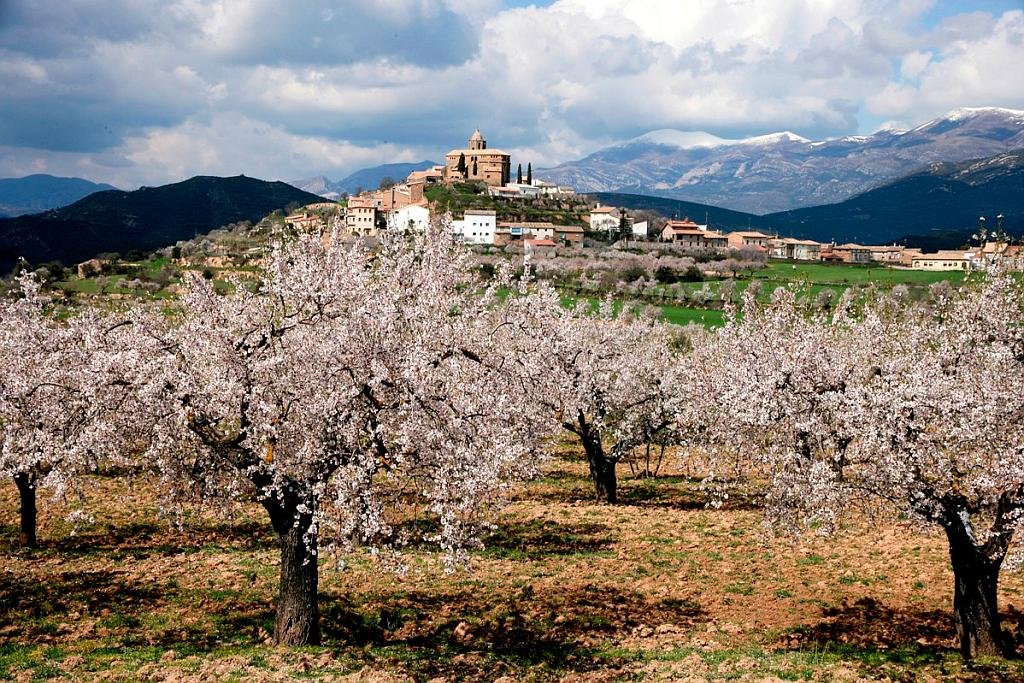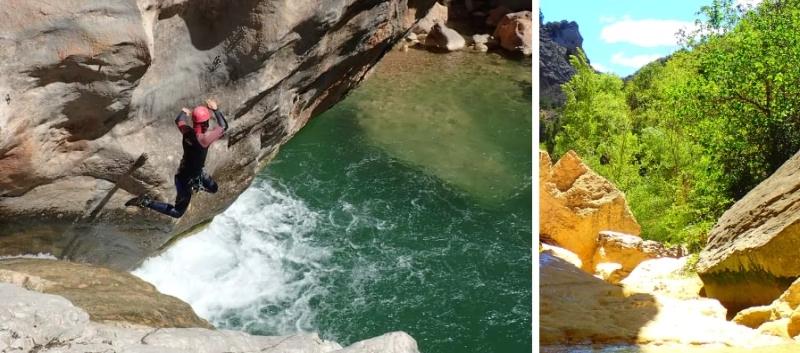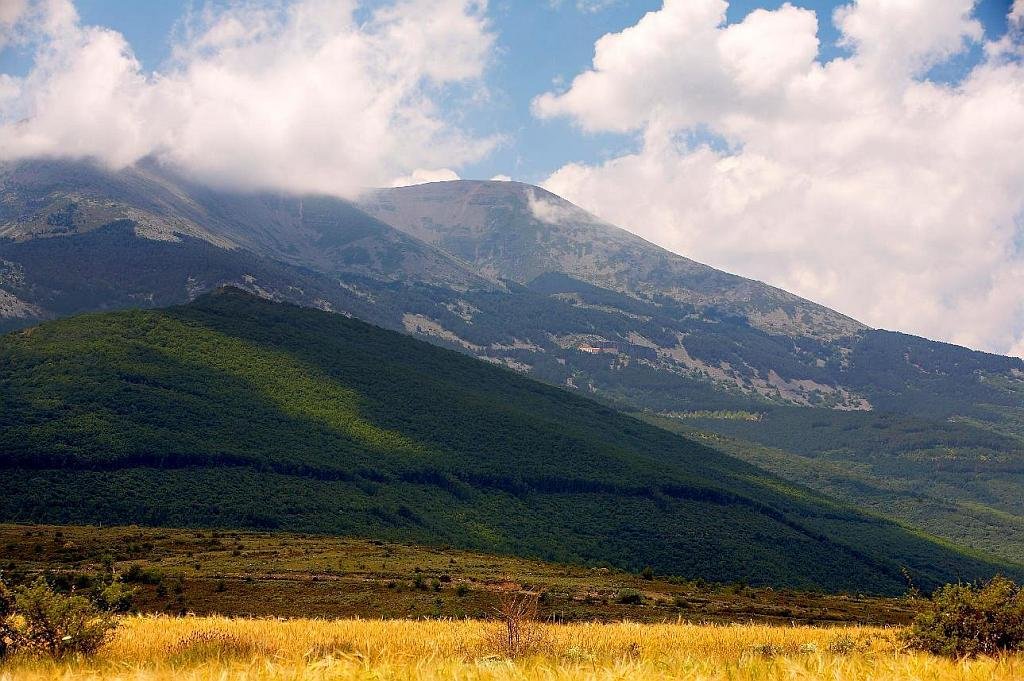- Region: Aragón
- Province: Huesca
- Declared a Natural Park: 1990
- Park surface area: 47,453 hectares
- Villages and towns: Abiego, Adahuesca, Aínsa-Sobrarbe, Alquézar, Arguis, Bárcabo, Bierge, Boltaña, Caldearenas, Casbas de Huesca, Colungo, Huesca, Loporzano, Nueno and Sabiñánigo.
Points of interest
The Sierra y Cañones de Guara Natural Park (in Aragonese Parque natural d’a Sierra y as Foces de Guara ) is the largest protected area in Aragón located in the province of Huesca and covers the regions of Alto Gállego, Hoya de Huesca, Sobrarbe and Somontano de Barbastro.
Thanks to its geology this area has become somewhat a Mecca for the practice of canyoning and climbing (In fact some would say that this is the area in Europe that first developed the sport of canyoning). The ravine of the Balcés river is more than 20 km in length and has cliffs as high as 800 m. The Grallera Alta de Guara chasm which has a vertical drop of 277 m.
I’ve been living in this lovely area of Western Andalucia for the last 20 years or so and dedicate most of my time to the running of English language tourist information websites for the towns of Cádiz, Ronda, Grazalema, the famous or infamous Caminito del Rey, and also Wildside Holidays, which promotes sustainable and eco-friendly businesses running wildlife and walking holidays in Spain. My articles contain affiliate links that will help you reserve a hotel, bus, train or activity in the area. You don’t pay more, but by using them you do support this website. Thankyou!


